Cooked: A Card Game of Strategy, Sabotage, and Kitchen Chaos!
By State Library of Queensland. | 2 September 2024
With the annual Go Play convention descending on The Edge Auditorium over the weekend of 6 and 7 September, we interviewed the creative minds behind Cooked to hear their story.
Cooked is a fun and quirky card game where strategy, sabotage, and kitchen chaos collide. Developed by four best friends—Suzi Scott, Valeriia Savenko, Riccardo Grinover, and Tom Mishteler—Cooked is designed to be the perfect game night entrée or a main course for casual gamers.
The team shares the inspiration behind the game, the challenges they faced during development, and how play-testing shaped the final product.
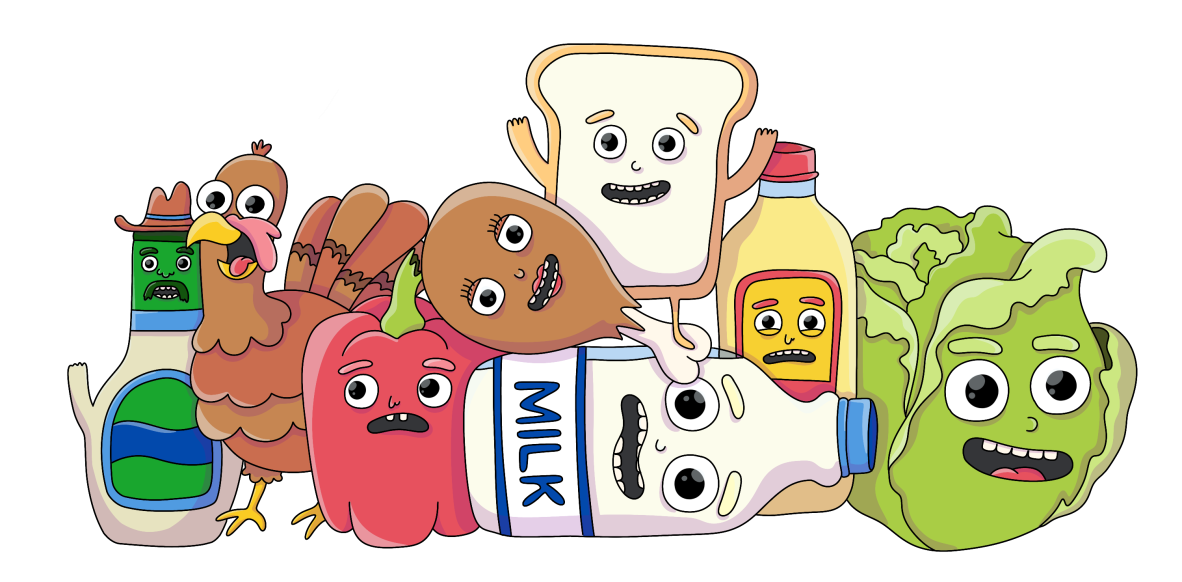
Who are the people behind Cooked?
We are a group of four best friends who enjoy travelling, the outdoors, playing games and creating things. We are; Suzi Scott, Valeriia Savenko, Riccardo Grinover, and Tom Mishteler.
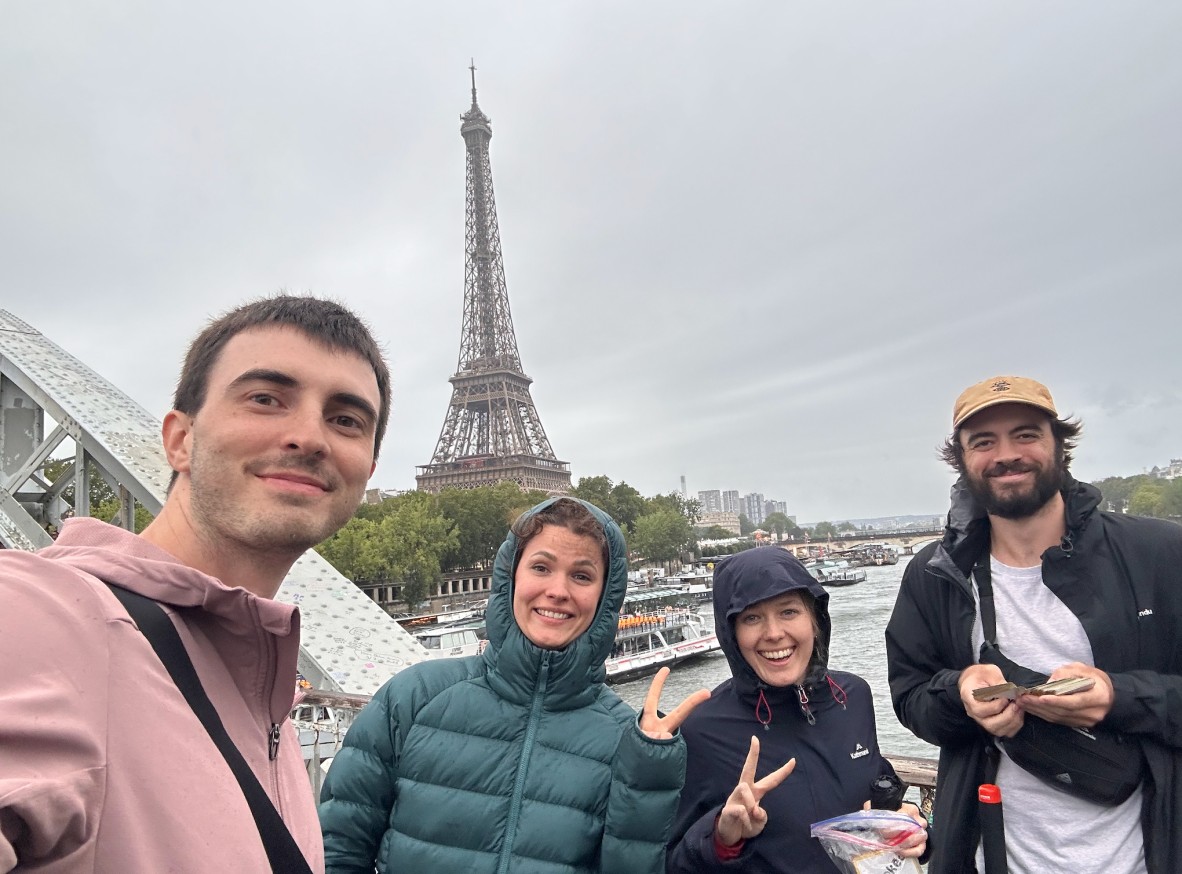
Cooked Game - Team group photo.
Tell us about the basics of the game?
Cooked is a card game for people who love strategy, sabotage and a pinch of kitchen chaos! It is the perfect appetizer to any games night or main course for those more casual gamers. It is a party-style card game that can be played by 2-6 players aged 8+, in 15+ minutes. Players compete against each other to complete all their recipes first, this is done by collecting ingredients, sabotaging other players and avoiding kitchen disasters!
What inspired you to create Cooked, and how did you come up with the theme?
Riccardo and Valeriia really got into board/card games during the pandemic, supporting multiple Kickstarter games and eventually trying to create their own games. One day we were all sitting in the Brisbane Botanical Gardens and started talking about creating a card game together. We were really into Exploding Kittens at the time, and because 3/4 of us are engineers, we thought it would be cool to create a game where players progress through time whilst building cool things. We didn’t pursue that idea much further, but it sparked more ideas. Randomly as Tom was cleaning up some cardboard offcuts from a different project he had the idea to use them as tokens for a game, Suzi then mentioned that the tokens could be used as ingredients for a cooking based game. Within a few hours, Tom created the first super rough draft of a game where players use ingredients to complete recipes, the game also included action and sabotage cards that allowed players to mess around with each other. We all met the following weekend to play test it and quickly improved many of the mechanics and rules. We all liked the cooking theme and thought it was fun and interesting enough to appeal to a wider audience.
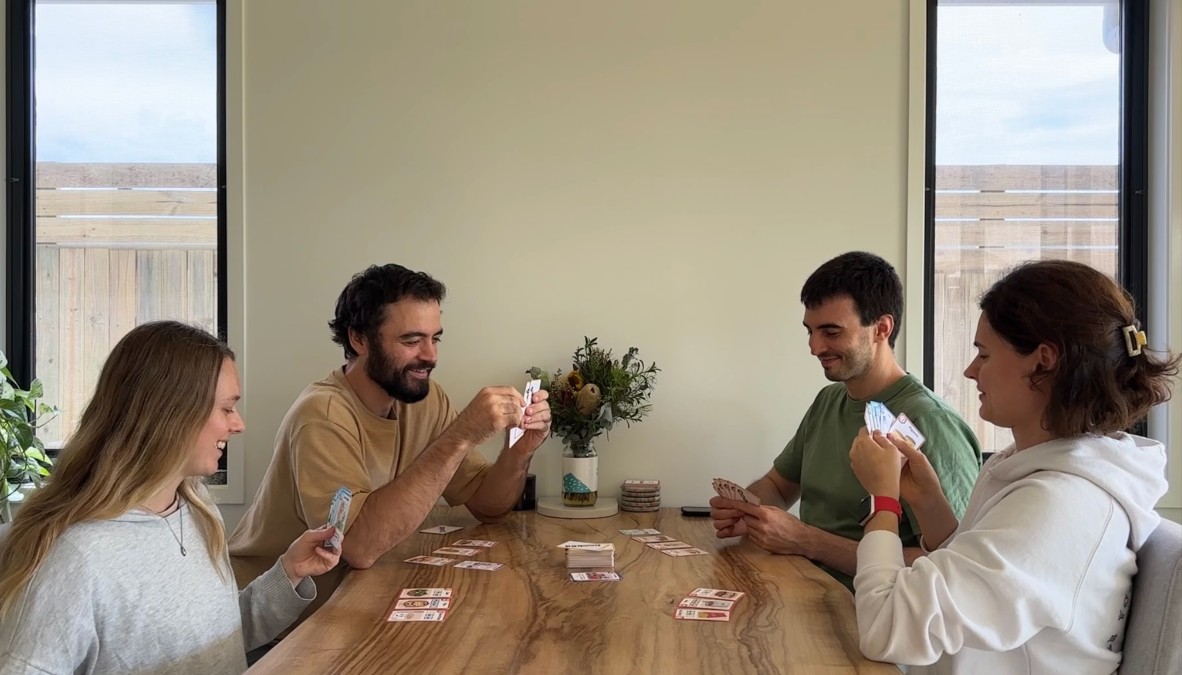
Cooked game - The best friends playing their game together.
What are some of the biggest challenges you have faced while developing the game, and how did you overcome them?
One of the biggest challenges we faced while developing Cooked was that it was all new territory for us, none of us had ever done anything like this before. We found ourselves managing every aspect of the game development process, including art, mechanics, balancing, marketing, and graphic design. To overcome this, we broke down each task into smaller, more manageable parts, which made the workload less overwhelming. We also made a point of asking lots of questions on game design forums to fill in our knowledge gaps. This approach allowed us to tackle each challenge step-by-step and gradually build the game we envisioned.
Another challenge we faced while developing the game was finding the time to work on it. All of us have full-time jobs, so balancing our professional responsibilities with the demands of game development has been pretty tough. We often struggled to carve out time in our schedules, which made progress slow and sometimes frustrating. To overcome this, we had to be very intentional about managing our time, often working late nights or weekends. By setting clear priorities and supporting each other, we gradually found a rhythm that allowed us to keep moving forward despite our adult responsibilities.
The development of all the game art/assets was also pretty challenging. None of us had done art at this scale (100s of individual drawings) before, with a similar style that could all fit the game's theme. One day after exploring a few different options Tom decided to give character creation a go. He watched a few youtube tutorials and quickly learnt Procreate. Over a few months of him working on the character designs, he had completed most of our card art, which massively improved the game's aesthetic over the Canva placeholder art we were using for the previous prototype versions of the game.
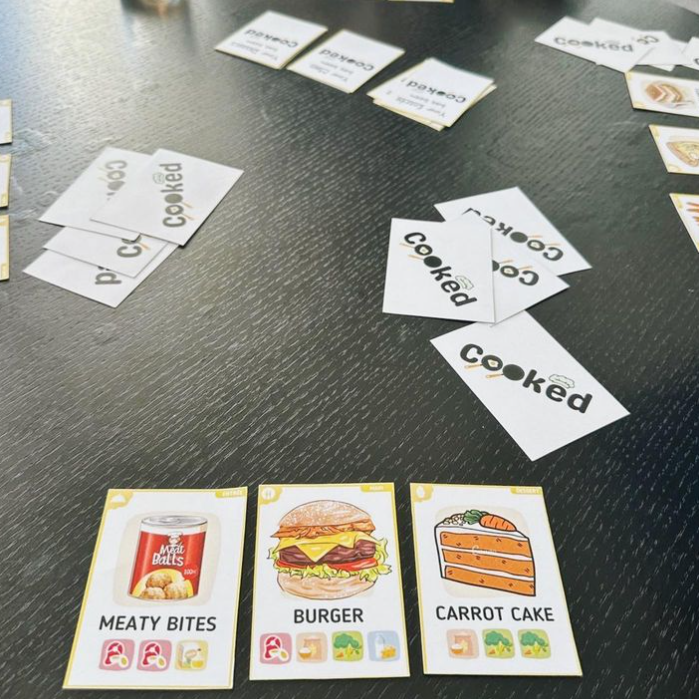
Early Prototype of the game.
How has play testing influenced the design and mechanics of Cooked? Were there any major changes based on player feedback?
Play-testing is one of the most important aspects of game design. It helped us refine the game mechanics and ensure the game was intuitive and fun. It also enabled us to balance the game and ensure none of our Kitchen Disaster cards or Actions cards were too powerful or game-breaking. We play tested as a team 100s of times, and over the last year have been going to local events to play test Cooked with the wider public. This has been crucial in ensuring our rules are easy to understand and quick to get through.
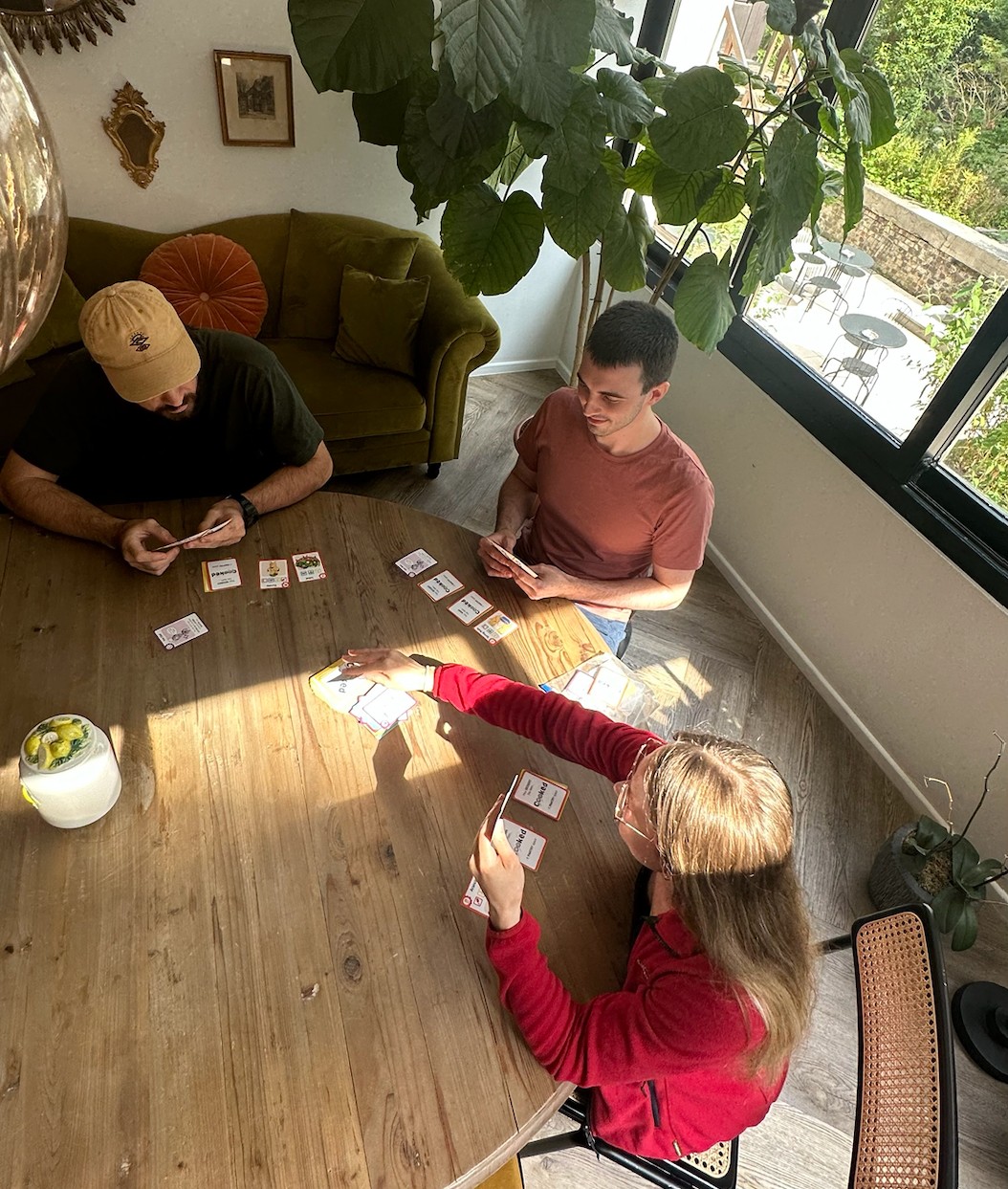
What elements of the game do you think make it stand out from other card games in the market?
The art and the ability for players to create recipes using wacky, nonsensical ingredient combinations really set our game aside. For instance, you may end up making a Burger using Lobster (Meaty), Butter (Fatty), Chocolate Milk (Dairy) and Rice (Grain). We also have a unique pick-up mechanism that allows players to pick up cards from the pick-up and discard piles, this ties in nicely with our action cards which add a degree of additional strategy and fun to the game.
Can you walk us through the process of designing the game's visuals and artwork? What kind of aesthetic were you aiming for?
All four of us have pretty different tastes and art styles; however, we all agreed that we wanted the art to be fun, cute, and a little quirky to stand out. The character art was inspired by cartoons Tom watched growing up (The Simpsons, Adventure Time, Futurama, and Rick & Morty) which evolved from wacky to cute based on play-tester/community feedback. Procreate was used to create all our characters, card templates and icons. We then used Canva to layout all of our assets on the cards.

Cooked Characters - Team Cartoon

A brainstorming session
What role does sabotage play in the game, and how did you balance it to ensure it remains fun rather than frustrating for players?
Sabotage is one of our favourite parts of the game, as it encourages social interaction and almost always leads to laughter. Play testing has been key to ensuring the sabotage elements were balanced and enjoyable. Each time we added a new sabotage element to the game, we tested it to see if it was too overpowered. If it was, we tweaked it until it felt right. It has definitely been an iterative process.
How did the pandemic influence the development of Cooked? Did it affect the game's theme, mechanics, or the way you collaborated as a team?
The pandemic was actually a catalyst for the creation of Cooked. When you are locked down, there is not much you can do besides play games. We played many board/card games through the pandemic, which taught us a lot about game design as we learnt what we liked and what worked for each game. We thought it would be cool to create our own game and used the time we had over the pandemic to make many iterations.

To learn more about the game, visit the website at www.cookedgame.com.
And to find out more about Go Play, the annual tablte-top game convention, visit the website at www.goplaybrisbane.com.au
Comments
Your email address will not be published.
We welcome relevant, respectful comments.